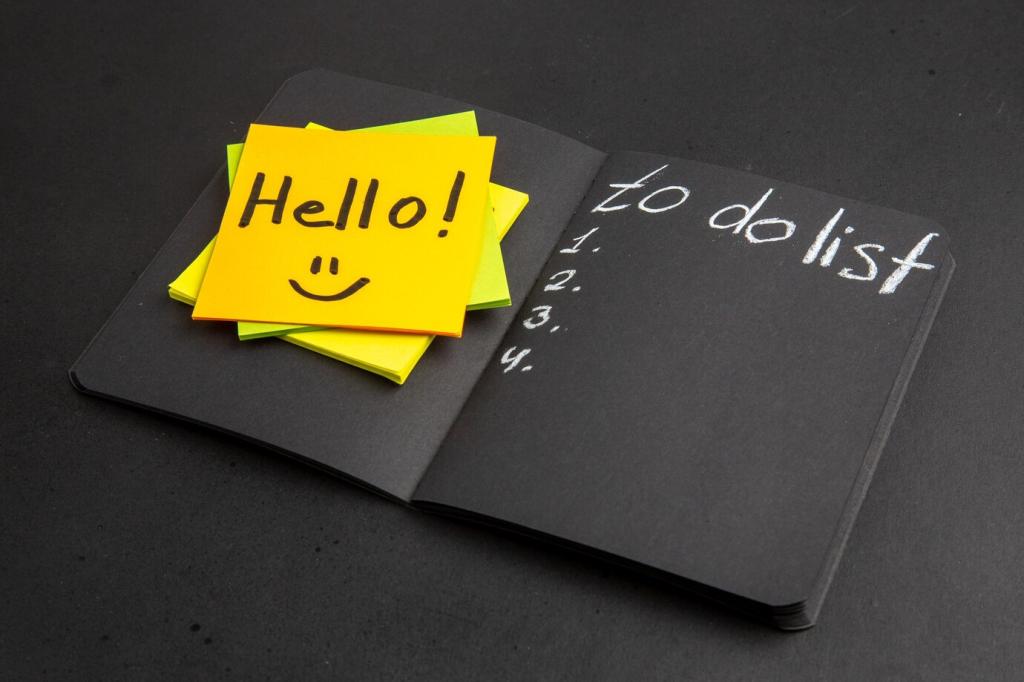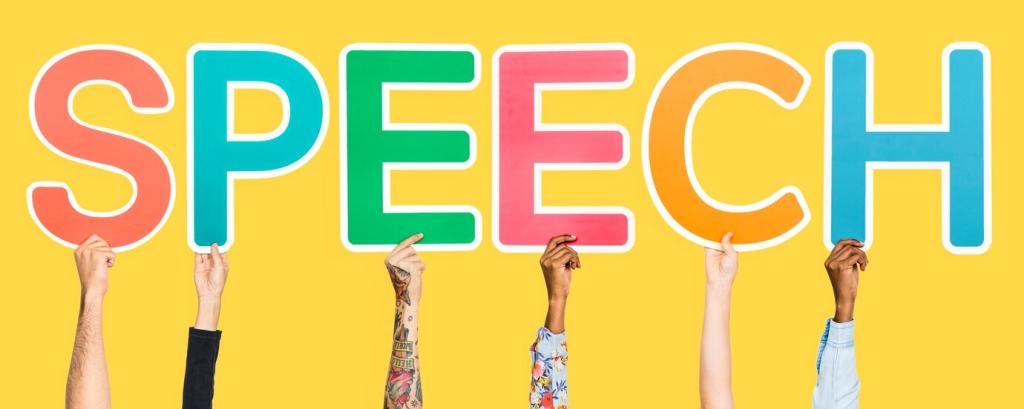Interview Strategies for Bilingual Candidates
Ask permission to switch languages and explain why: “I’ll answer in Portuguese to mirror our client’s environment, then summarize in English.” This signals control and empathy, not showmanship. Practice with a peer, record yourself, and share what felt natural or forced in our community thread.
Interview Strategies for Bilingual Candidates
Structure answers around Situation, Task, Action, Result, emphasizing how language made the result possible. For example, mediating a French procurement dispute that protected margins and saved a launch timeline. Invite readers to post one STAR outline for supportive critique and practical, actionable refinement.
Interview Strategies for Bilingual Candidates
Pause, clarify context, and ask for target audience details before translating. If terminology is ambiguous, state your assumption out loud. Accuracy beats speed. Afterward, summarize trade-offs you navigated. Want sample prompts to practice? Subscribe and we’ll send a scenario set tailored to your industry.


